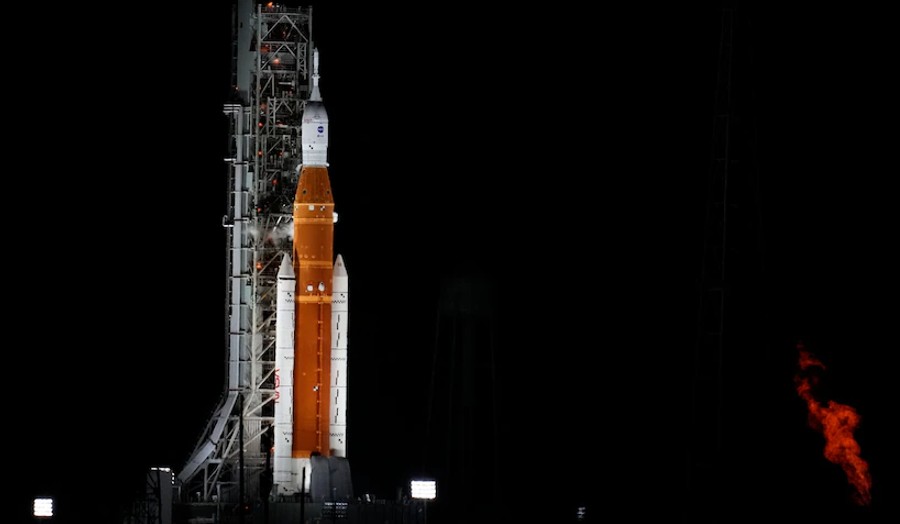All is not lost after the supermoon failed to save Lois Lane a few weeks ago. With less light pollution, the night skies are clearing up for quite a spectacle this week.
The Lyrids meteor shower will make its annual appearance this Wednesday, April 22nd.

This Wednesday, pry your eyes from Netflix and witness a meteor shower. With less light pollution, the skies are clearing up for a spectacle.
The comet Thatcher’s last visit to the inner solar system was in 1861. Hundreds of years later, we’re seeing a shower of small pieces left behind by the comet. The meteors are expected to zoom past at speeds up to 177,000km per hour.
“Everyone has a window, so it’s always possible to enjoy the night sky,” says astronomer and author Lisa Harvey-Smith. “If you live in the city, it can be a little trickier, but there’s lots of planets out at the moment.
“One of the best activities is simply watching the phases of the Moon and drawing them, just seeing how long it takes to go from new Moon to full Moon.”
The Lyrids Meteor shower will arrive on Wednesday, April 22, and is expected to host up to 18 meteors per hour. Best viewing will be around midnight if you’re in Australia. There’s also a chance of seeing slower, longer meteors called earthgrazers that soar horizontally across the sky. Some have trails that glow even after the meteor has disappeared.
“Compared to other meteor showers, the Lyrids tend to produce bright meteors and an occasional fireball,” writes Robert Lunsford of the American Meteor Society.
Following this, in May we can expect to see The Eta Aruirids meteor shower, arguably the most famous of all. The earth will pass through a field of debris left by Halley’s Comet, first spotted in 1066 and thought to be an omen. This will be visible around the 5th of May.
Grab your telescope (imaginary telescopes also work a treat), move away from artificial light and enjoy a show of natural wonders like satellites, moon cycles, meteor showers, and potential alien visitations.



